1. Definition of Pressure Vessel
A pressure vessel is a sealed container capable of withstanding internal or external pressure differentials. They are widely used to store various media, such as liquids, gases, and steam, particularly in industrial processes requiring operation under high or low pressure. Pressure vessels are indispensable equipment in the chemical, petroleum, natural gas, power, and pharmaceutical industries.
In many industrial applications, pressure vessels not only store substances but also carry out complex process operations such as reactions, evaporation, and separations. Because the pressure inside pressure vessels is often significantly higher than atmospheric pressure, their design, manufacture, and maintenance must strictly adhere to relevant national standards and industry specifications.
2. Basic Structure of Pressure Vessels
The structural design of a pressure vessel must consider multiple factors, including its pressure capacity, the characteristics of the media used, and temperature conditions. Its basic structure primarily consists of the shell, end caps, support structures, joints, and safety devices. The following is a detailed explanation of each component:
a) Shell
The shell is the main body of the pressure vessel, primarily responsible for carrying the internal pressure. The shell design varies depending on the vessel's shape.
Cylindrical shell: This is the most common pressure vessel shape. It is suitable for most applications, such as storage tanks and reactors. Cylindrical vessels are relatively easy to manufacture, have a stable structure, and effectively distribute pressure.
Spherical Shell: Spherical shells offer the most uniform pressure distribution and can withstand higher internal and external pressures. Therefore, they are often used in vessels that must withstand extremely high pressures, such as liquefied gas storage containers. However, spherical containers are more expensive to manufacture and are less common than cylindrical containers.
Ellipsoidal or Hemispherical Shell: This design combines the advantages of cylindrical and spherical containers, making it suitable for extremely high-pressure applications and offering greater pressure resistance. They are commonly used in high-pressure steam boilers or certain specialized chemical reactors.
b) Heads
Heads are the ends of a pressure vessel, sealing and partially absorbing the pressure. The design and shape of a head generally match the shape of the vessel itself. The thickness and shape of the head vary depending on the pressure being borne.
Hemispherical Head: This head shape evenly distributes internal pressure and is commonly used at the ends of spherical or cylindrical vessels to minimize stress concentrations. Oval heads: Suitable for low- and medium-pressure vessels. Their shape helps evenly distribute stress across the vessel, and are commonly found on storage tanks in the chemical and petroleum industries.
Conical heads: Conical heads are often used at the bottom of vessels, particularly for low-pressure vessels or where liquid drainage is required.
c) Support structures
Support structures support the weight of the entire pressure vessel and are typically installed at the bottom or side of the vessel. They ensure stability and prevent tilting or displacement due to gravity or vibration.
Support structures include legs, hoisting frames, and bases. Support structures must be designed based on the size of the vessel and the operating environment to ensure safety and stability.
d) Nozzles
Nozzles are the parts of a pressure vessel that connect pipes, valves, instruments, and other equipment. Common types include feed ports, exhaust ports, drain ports, and gas outlets.
Nozzles must be designed to ensure a leak-proof connection and prevent leakage when the vessel is under pressure. They are typically connected to the vessel body by welding or threading. e) Safety Relief Valve
To prevent explosion or rupture due to excessive internal pressure, pressure vessels must be equipped with a safety device, the most common of which is a safety valve. A safety valve automatically detects internal pressure and, when the pressure exceeds a set value, opens to release excess pressure, thereby protecting the vessel from damage.
In addition to safety valves, other pressure relief devices include bursting discs and emergency discharge valves.
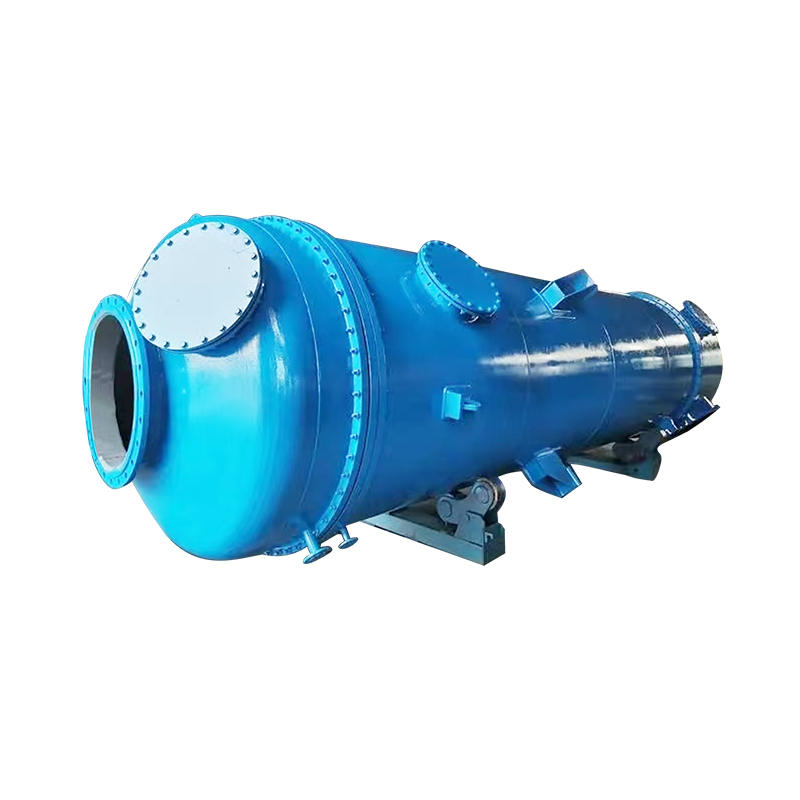
3. Working Principle of Pressure Vessels
The working principle of pressure vessels primarily revolves around pressure and temperature fluctuations within the internal medium, as well as the material strength of the vessel itself. The following are several key working principles:
a) Internal Pressure Effects
The primary function of a pressure vessel is to withstand internal or external pressure differentials. During operation, the gas or liquid medium within the vessel experiences a certain pressure. The greater the pressure, the greater the stress on the vessel. To ensure vessel safety, the thickness, material, and other key components of the vessel wall must be designed based on the maximum pressure it can withstand.
b) Pressure Transmission
In a pressure vessel, pressure is transmitted throughout the structure through the vessel wall. While internal pressure is evenly distributed throughout the vessel wall, significant stress concentrations may occur in areas such as the end cap and joints. Therefore, these areas typically require additional reinforcement.
c) Effect of Temperature on Pressure Vessels
The temperature inside a vessel affects the density and viscosity of the medium, thereby affecting the pressure within the vessel. Increased temperatures can cause the vessel wall material to expand or soften, so the effects of temperature on the strength of the vessel material must be considered during design. Pressure vessels used at high temperatures often use high-temperature-resistant materials.
d) Stress Distribution in Vessels
Stress distribution within pressure vessels is uneven. Typically, the ends (ends) of the vessel experience greater stress. To prevent cracking or deformation in these areas, the design requires increased wall thickness or specialized structural features.
4. Functions of Pressure Vessels
The functions of pressure vessels are not limited to storing or transporting substances; they also encompass a variety of complex industrial processes. Specific functions are as follows:
a) Storage
One of the most common functions is the storage of gases, liquids, or vapors. For example, in the petrochemical industry, pressure vessels are often used to store liquefied natural gas (LNG) or other chemical liquids. In compressed air systems, pressure vessels store high-pressure gases for ready use.
b) Reaction
Pressure vessels are used as reactors in many industries, such as the chemical, oil, gas, and pharmaceutical industries. Chemical or physical reactions are carried out under high pressure to produce desired chemicals or intermediates. High pressure during the reaction helps accelerate the reaction rate or increase the yield.
c) Heating and Cooling Functions
Some pressure vessels also have heating or cooling functions. For example, in a heat exchange system, a pressure vessel may be used as part of a heat exchanger to transfer heat from one medium to another. Boilers and water heaters also fall into this category and are commonly used to generate steam or hot water.
d) Compression and Expansion Functions
Pressure vessels are also commonly used to compress or expand gases. For example, natural gas is often compressed in high-pressure vessels for storage and transportation. Compressed air systems are also a major application for pressure vessels.
5. Pressure Vessel Safety
Because pressure vessels are often exposed to high pressure and high temperature, ensuring their safety is paramount. Key points in the safety design of pressure vessels include:
Material Selection: Materials with high strength, corrosion resistance, and fatigue resistance must be selected. Commonly used materials include carbon steel, stainless steel, and alloy steel, which can withstand high temperatures and pressures.
Design Specifications: Design must strictly adhere to relevant design specifications and standards. Common international standards include the ASME Boiler and Pressure Vessel Code (BPVC), which specifies requirements for the design, manufacture, and inspection of pressure vessels.
Inspection and Testing: Regular inspection of pressure vessels is crucial, including external inspection, endoscopic inspection, and nondestructive testing (such as ultrasonic testing and X-ray testing). These tests can promptly detect hidden dangers such as cracks and corrosion, preventing accidents.
Safety Devices: Pressure vessels must be equipped with safety valves or pressure relief devices. When the pressure within the vessel exceeds a safety threshold, these devices automatically open to release excess pressure and prevent the vessel from exploding or rupturing.
6. Applications of Pressure Vessels
Pressure vessels are widely used, primarily in industries requiring operation under high or low pressure conditions:
Petrochemical Industry: Used for the storage of liquefied petroleum gas, natural gas, chemicals, and petroleum products.
Energy Industry: Boilers, steam generators, and heat exchangers require pressure vessels to store and transfer heat.
Pharmaceutical Industry: Pressure vessels are used for drug reactions, sterilization, and gas storage.
Food and Beverage Industry: Pressure vessels are used for heating, cooling, and processing liquid foods.


 English
English русский
русский عربى
عربى

.jpg)
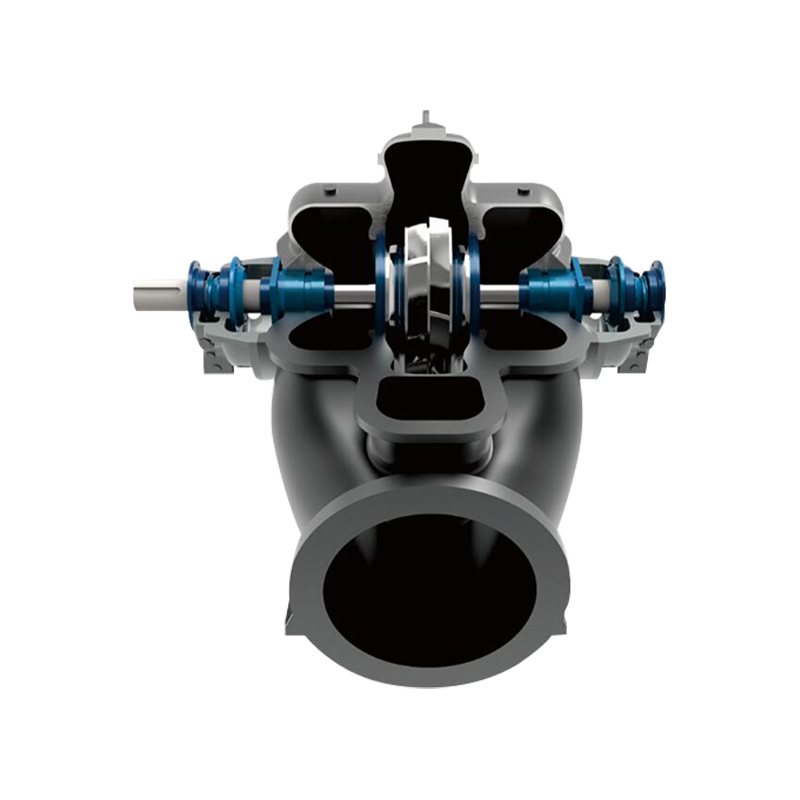
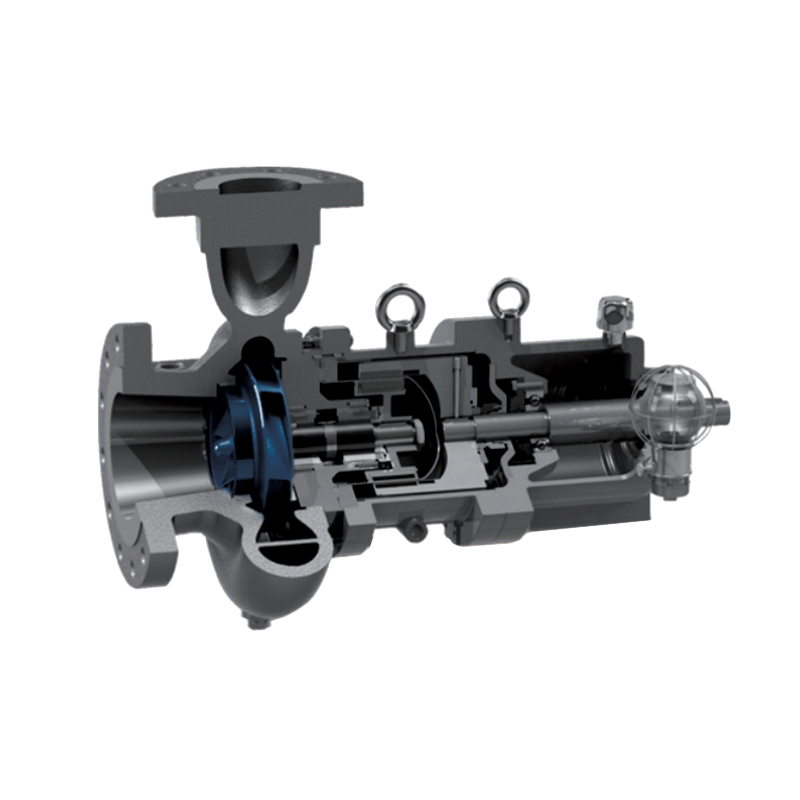
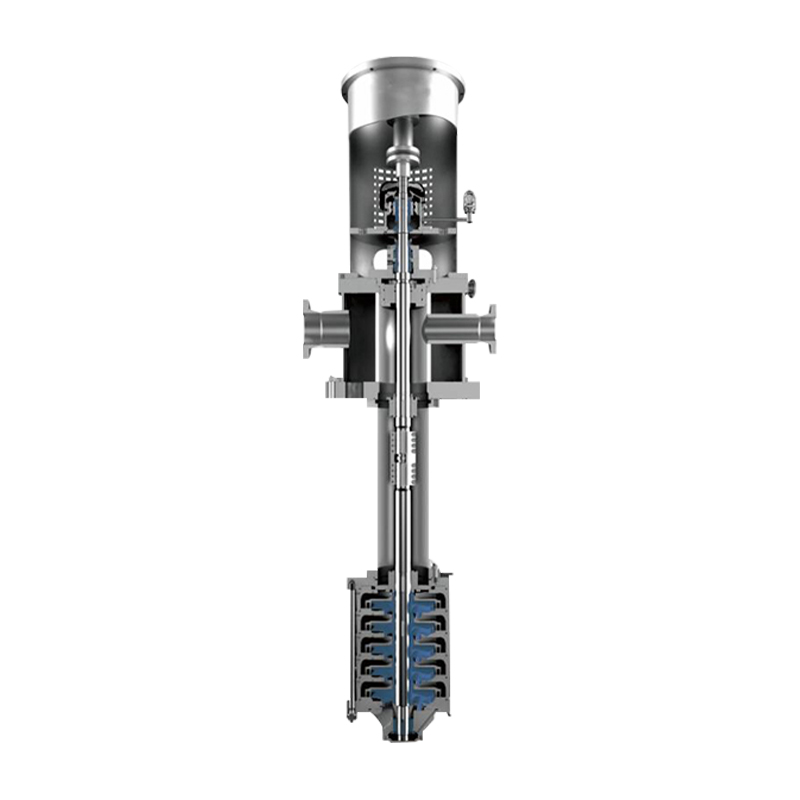
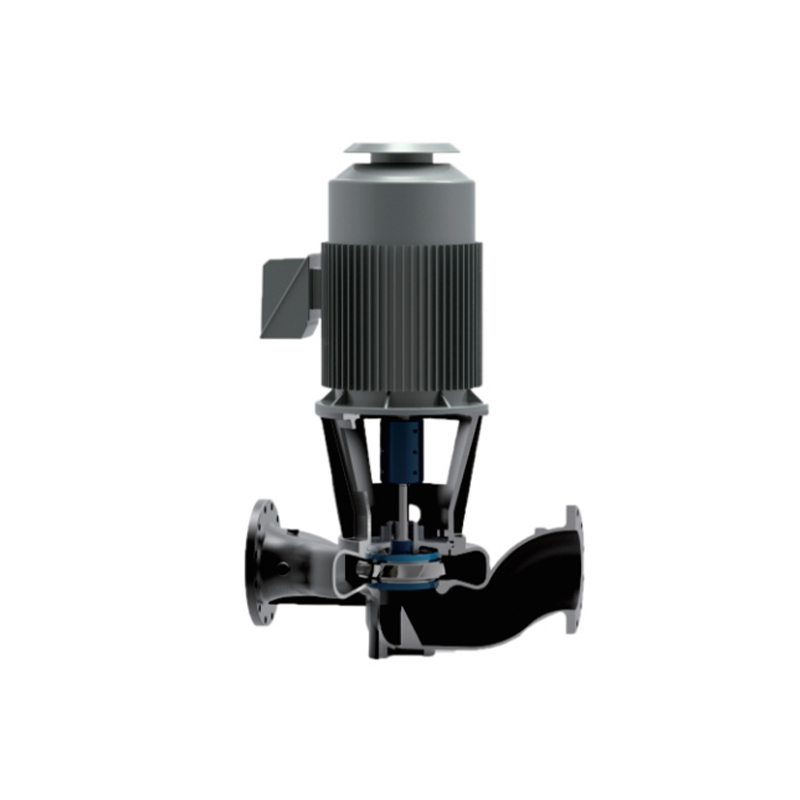

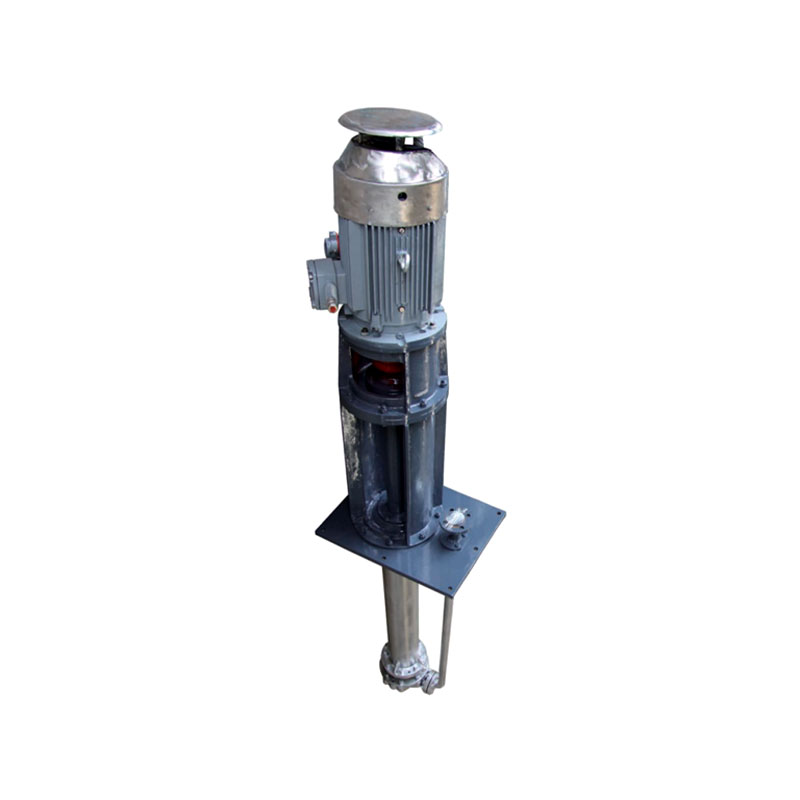
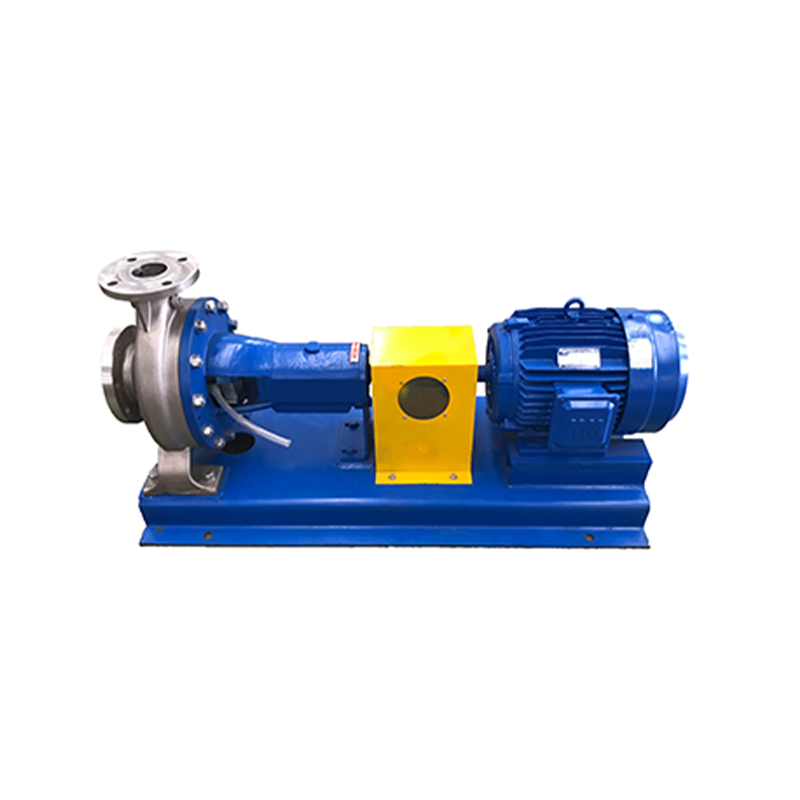

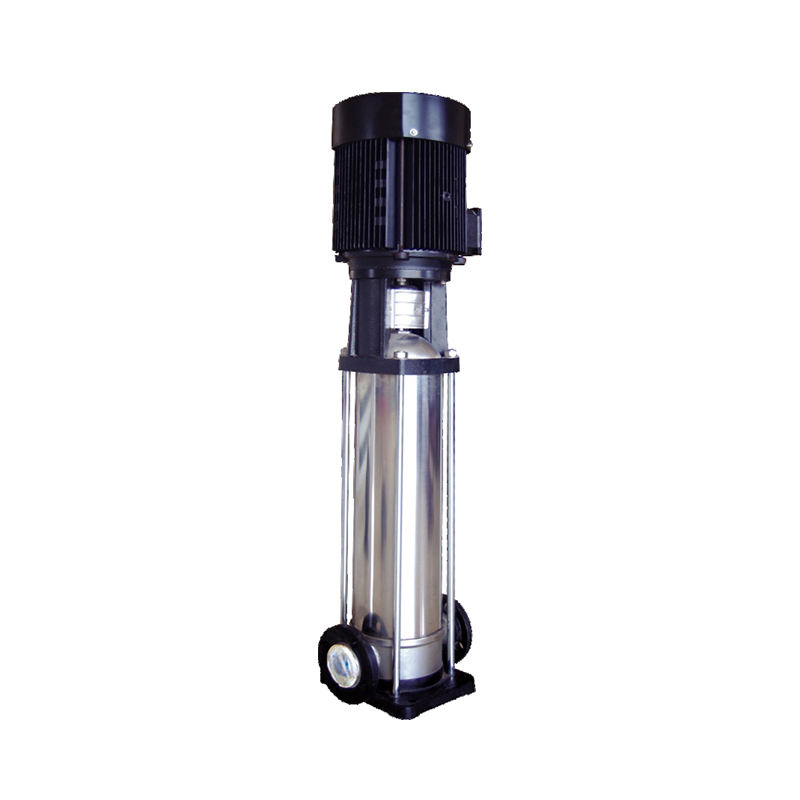






 ENG
ENG

 TOP
TOP